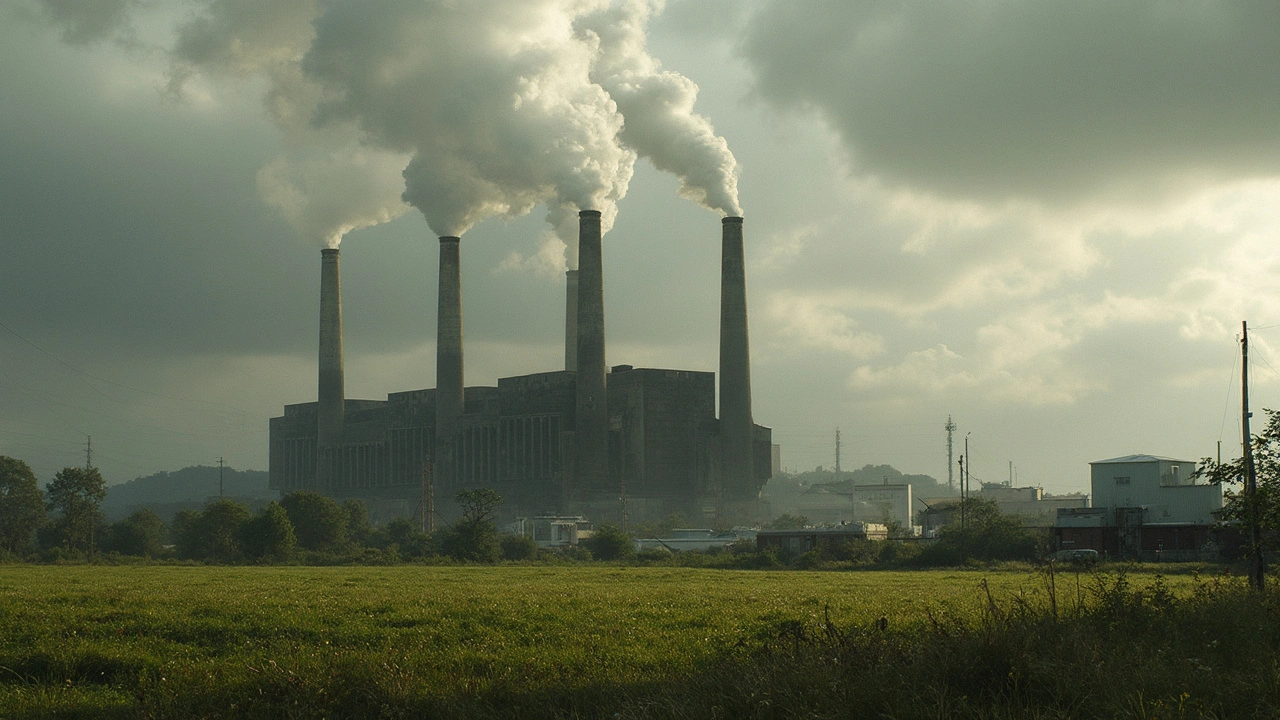Carbon Capture: How It Works to Reduce CO2 Emissions
Have you heard about carbon capture but wondered what it really means? In simple terms, carbon capture is a way to catch carbon dioxide (CO2) released from things like power plants and factories before it has a chance to enter the atmosphere. This is important because CO2 is a major gas that causes global warming and climate change. By stopping CO2 from spreading into the air, carbon capture helps slow down the damage to our planet.
So, how does carbon capture actually work? The process usually starts at places where a lot of CO2 gets produced, such as coal or gas power plants. Special machines or chemicals grab the CO2 from the smoke or gas coming out of these facilities. Once captured, the CO2 can be compressed and transported to safe storage sites. Often, this means injecting the gas deep underground into rock formations or empty oil and gas wells. This keeps the carbon locked away safely so it won’t contribute to warming the Earth.
Why Is Carbon Capture Important for Fighting Climate Change?
Carbon capture is seen as a big part of the solution to climate change. Even though renewable energy like wind and solar is growing fast, many industries still burn fossil fuels and produce CO2. Carbon capture gives us a way to reduce emissions while we shift to cleaner energy. It’s especially useful in industries that are hard to clean up, like steel making or cement production.
Some critics say carbon capture is expensive and not perfect, which is true to an extent. The technology is still improving, and it needs support to become more affordable and widespread. But without it, reaching global climate goals gets harder. Governments and companies worldwide are investing in carbon capture projects to help cut the carbon footprint.
What Can You Expect from Carbon Capture Going Forward?
Looking ahead, carbon capture will likely be part of a larger set of tools tackling climate change. This includes planting trees, using clean energy, and improving energy efficiency. Some exciting advances include capturing carbon directly from the air and turning it into useful products like fuels or building materials. With more innovation and support, carbon capture could play a critical role in keeping our climate safe for future generations.
Understanding carbon capture helps us see one way humans can reduce their impact on the environment. It’s not a magic fix, but combined with other efforts, it’s a powerful tool in the fight against climate change.

Exploring the Legacy of Longannet Power Station
Caleb Drummond Mar 10 0Once Europe's largest coal-fired plant, Longannet Power Station in Fife, Scotland, played a pivotal role in the region's energy landscape from 1970 to 2016. This article explores its operational history, environmental impact, and the ambitious yet abandoned carbon capture project. It highlights the challenges Longannet faced with grid contracts and environmental regulations. The ongoing transformation of its site reflects a shift in energy priorities and strategies.
More Detail